Nationality English Spouse Mary Tooke (m. 1682–1736) | Parents Edmond Halley Sr. | |
 | ||
Children Edmond Halley (d. 1741)Margaret (d. 1713)Richelle (d. 1748) Died 14 January 1742, Greenwich, United Kingdom Books An Estimate of the Degrees of the Mortality of Mankind, Drawn from Curious Tables of the Births and Funerals at the City of Breslaw: With an Attempt to Ascertain the Price of Annuities Upon Lives Similar | ||
Astronomy for everyone episode 70 edmond halley march 2015
Edmond (or Edmund) Halley, FRS (pronounced /ˈɛdmənd ˈhæli/; 8 November [O.S. 29 October] 1656 – 25 January 1742 [O.S. 14 January 1741]) was an English astronomer, geophysicist, mathematician, meteorologist, and physicist who is best known for computing the orbit of Halley's Comet. He was the second Astronomer Royal in Britain, succeeding John Flamsteed.
Contents
- Astronomy for everyone episode 70 edmond halley march 2015
- Early life
- Publications and inventions
- Exploration years
- Personal life
- Named after Edmond Halley
- Pronunciation and spelling
- References
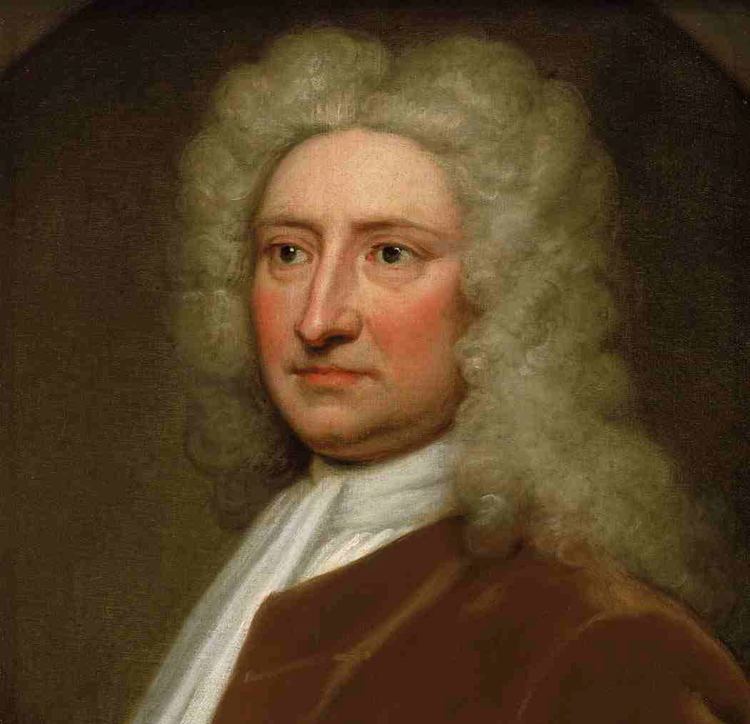
Early life
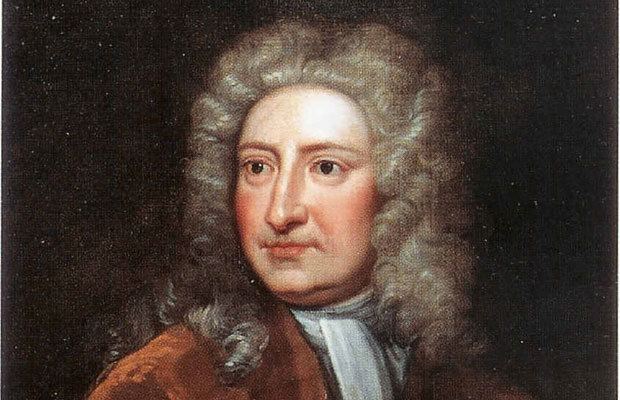
Halley was born in Haggerston, in east London. His father, Edmond Halley Sr., came from a Derbyshire family and was a wealthy soap-maker in London. As a child, Halley was very interested in mathematics. He studied at St Paul's School, and from 1673 at The Queen's College, Oxford. While still an undergraduate, Halley published papers on the Solar System and sunspots.
Publications and inventions
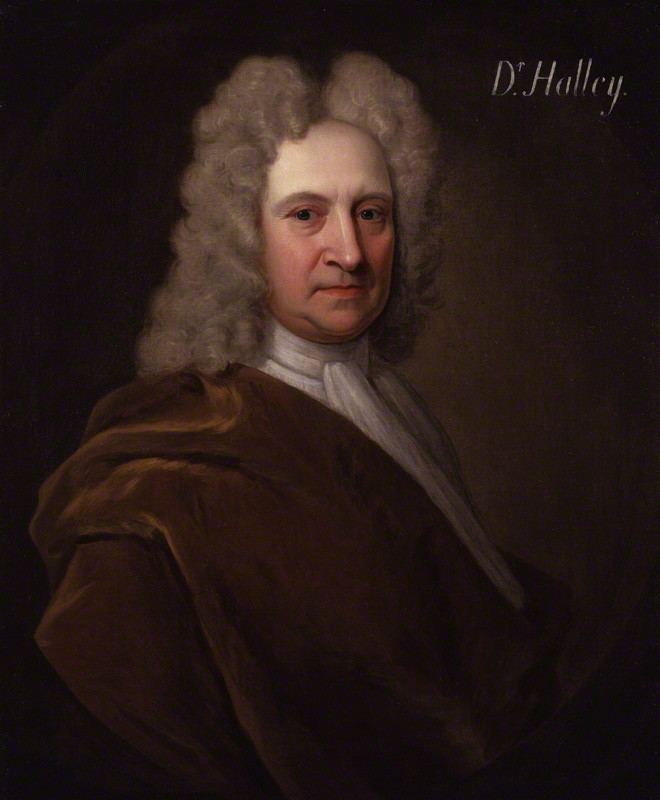
Halley became an assistant to John Flamsteed, the Astronomer Royal at the Greenwich Observatory, in 1675, and among other things, had the job of assigning what is now called Flamsteed numbers to stars.
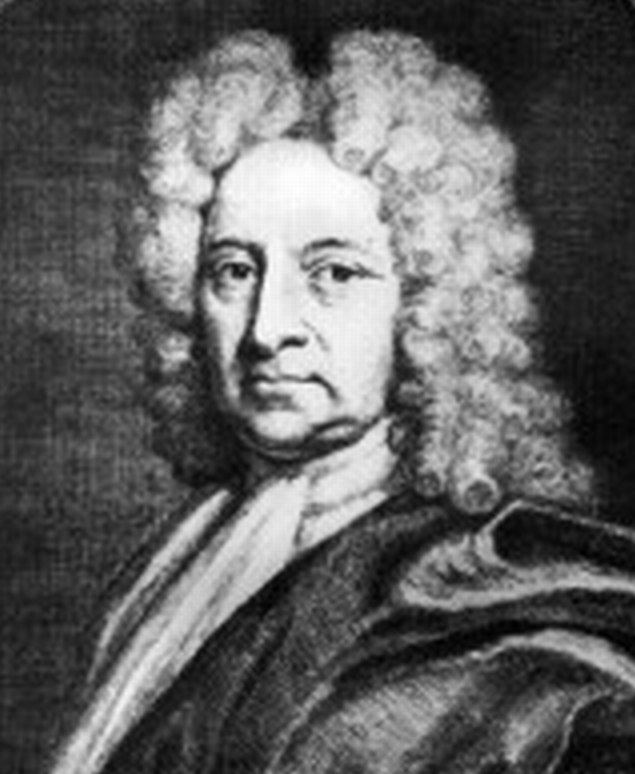
In 1676, Halley visited the south Atlantic island of Saint Helena and set up an observatory with a large sextant with telescopic sights to catalogue the stars of the southern hemisphere. While there he observed a transit of Mercury, and realised that a similar transit of Venus could be used to determine the absolute size of the Solar System. He returned to England in May 1678. In the following year he went to Danzig (Gdańsk) on behalf of the Royal Society to help resolve a dispute. Because astronomer Johannes Hevelius did not use a telescope, his observations had been questioned by Robert Hooke. Halley stayed with Hevelius and he observed and verified the quality of Hevelius' observations. In 1679 Halley published the results from his observations on St. Helena as Catalogus Stellarum Australium which included details of 341 southern stars. These additions to contemporary star maps earned him comparison with Tycho Brahe: e.g. "the southern Tycho" as described by Flamsteed. Halley was awarded his M.A. degree at Oxford and elected as a Fellow of the Royal Society at the age of 22.
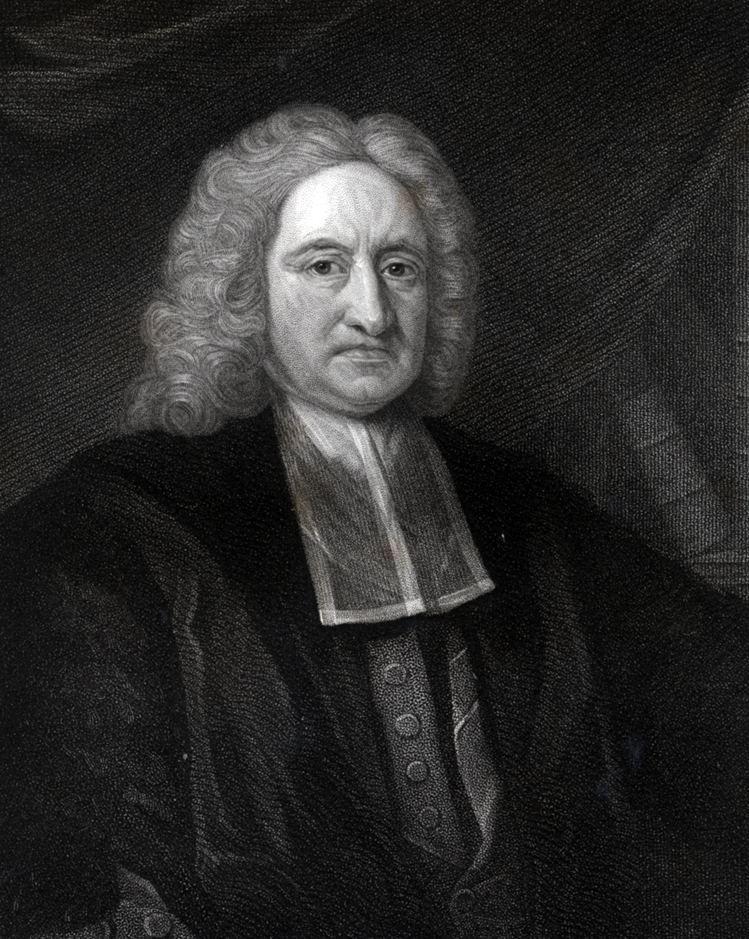
In 1686, Halley published the second part of the results from his Helenian expedition, being a paper and chart on trade winds and monsoons. The symbols he used to represent trailing winds still exist in most modern day weather chart representations. In this article he identified solar heating as the cause of atmospheric motions. He also established the relationship between barometric pressure and height above sea level. His charts were an important contribution to the emerging field of information visualisation.

Halley spent most of his time on lunar observations, but was also interested in the problems of gravity. One problem that attracted his attention was the proof of Kepler's laws of planetary motion. In August 1684, he went to Cambridge to discuss this with Isaac Newton, much as John Flamsteed had done four years earlier, only to find that Newton had solved the problem, at the instigation of Flamsteed with regard to the orbit of comet Kirch, without publishing the solution. Halley asked to see the calculations and was told by Newton that he could not find them, but promised to redo them and send them on later, which he eventually did, in a short treatise entitled, On the motion of bodies in an orbit. Halley recognised the importance of the work and returned to Cambridge to arrange its publication with Newton, who instead went on to expand it into his Philosophiæ Naturalis Principia Mathematica published at Halley's expense in 1687. Halley's first calculations with comets were thereby for the orbit of comet Kirch, based on Flamsteed's observations in 1680-1. Although he was to accurately calculate the orbit of the comet of 1682, he was inaccurate in his calculations of the orbit of comet Kirch. They indicated a periodicity of 575 years, thus appearing in the years 531 and 1106, and presumably heralding the death of Julius Caesar in a like fashion in −44 (45 BCE). It is now known to have an orbital period of circa 10,000 years.
In 1691, Halley built a diving bell, a device in which the atmosphere was replenished by way of weighted barrels of air sent down from the surface. In a demonstration, Halley and five companions dived to 60 feet (18 m) in the River Thames, and remained there for over an hour and a half. Halley's bell was of little use for practical salvage work, as it was very heavy, but he made improvements to it over time, later extending his underwater exposure time to over 4 hours. Halley suffered one of the earliest recorded cases of middle ear barotrauma. That same year, at a meeting of the Royal Society, Halley introduced a rudimentary working model of a magnetic compass using a liquid-filled housing to damp the swing and wobble of the magnetised needle.
In 1691 Halley sought the post of Savilian Professor of Astronomy at Oxford, but, due to being accused of atheism, was opposed by the Archbishop of Canterbury, John Tillotson, and Bishop Stillingfleet. The post went instead to David Gregory, who had the support of Isaac Newton.
In 1692, Halley put forth the idea of a hollow Earth consisting of a shell about 500 miles (800 km) thick, two inner concentric shells and an innermost core. He suggested that atmospheres separated these shells, and that each shell had its own magnetic poles, with each sphere rotating at a different speed. Halley proposed this scheme to explain anomalous compass readings. He envisaged each inner region as having an atmosphere and being luminous (and possibly inhabited), and speculated that escaping gas caused the Aurora Borealis.
In 1693 Halley published an article on life annuities, which featured an analysis of age-at-death on the basis of the Breslau statistics Caspar Neumann had been able to provide. This article allowed the British government to sell life annuities at an appropriate price based on the age of the purchaser. Halley's work strongly influenced the development of actuarial science. The construction of the life-table for Breslau, which followed more primitive work by John Graunt, is now seen as a major event in the history of demography.
The Royal Society censured Halley for suggesting in 1694 that the story of Noah's flood might be an account of a cometary impact.
Exploration years
In 1698, Halley was given command of the Paramour, a 52 feet (16 m) pink, so that he could carry out investigations in the South Atlantic into the laws governing the variation of the compass. On 19 August 1698, he took command of the ship and, in November 1698, sailed on what was the first purely scientific voyage by an English naval vessel. Unfortunately problems of insubordination arose over questions of Halley's competence to command a vessel. Halley returned the ship to England to proceed against officers in July 1699. The result was a mild rebuke for his men, and dissatisfaction for Halley, who felt the court had been too lenient. Halley thereafter received a temporary commission as a Captain in the Royal Navy, recommissioned the Paramour on 24 August 1699 and sailed again in September 1699 to make extensive observations on the conditions of terrestrial magnetism. This task he accomplished in a second Atlantic voyage which lasted until 6 September 1700, and extended from 52 degrees north to 52 degrees south. The results were published in General Chart of the Variation of the Compass (1701). This was the first such chart to be published and the first on which isogonic, or Halleyan, lines appeared.
The preface to Awnsham and John Churchill's collection of voyages and travels (1704), supposedly written by John Locke or by Halley, made the link.
"Natural and moral history is embellished with the most beneficial increase of so many thousands of plants it had never before received, so many drugs and spices, such unaccountable diversity. Trade is raised to highest pitch, and this not in a niggard and scanty manner as when the Venetians served all Europe ... the empire of Europe is now extended to the utmost bounds of the Earth."
In November 1703, Halley was appointed Savilian Professor of Geometry at the University of Oxford, his theological enemies, John Tillotson and Bishop Stillingfleet having died, and received an honorary degree of doctor of laws in 1710. In 1705, applying historical astronomy methods, he published Synopsis Astronomia Cometicae, which stated his belief that the comet sightings of 1456, 1531, 1607, and 1682 were of the same comet, which he predicted would return in 1758. Halley did not live to witness the comet's return, but when it did, the comet became generally known as Halley's Comet.
By 1706 Halley had learned Arabic and completed the translation started by Edward Bernard of Books V-VII of Apollonius's Conics from copies found at Leiden and the Bodleian Library at Oxford. He also completed a new translation of the first four books from the original Greek that had been started by the late David Gregory. He published these along with his own reconstruction of Book VIII in the first complete Latin edition in 1710.
In 1716, Halley suggested a high-precision measurement of the distance between the Earth and the Sun by timing the transit of Venus. In doing so, he was following the method described by James Gregory in Optica Promota (in which the design of the Gregorian telescope is also described). It is reasonable to assume Halley possessed and had read this book given that the Gregorian design was the principal telescope design used in astronomy in Halley's day. It is not to Halley's credit that he failed to acknowledge Gregory's priority in this matter. In 1718 he discovered the proper motion of the "fixed" stars by comparing his astrometric measurements with those given in Ptolemy's Almagest. Arcturus and Sirius were two noted to have moved significantly, the latter having progressed 30 arc minutes (about the diameter of the moon) southwards in 1800 years.
In 1720, together with his friend the antiquarian William Stukeley, Halley participated in the first attempt to scientifically date Stonehenge. Assuming that the monument had been laid out using a magnetic compass, Stukeley and Halley attempted to calculate the perceived deviation introducing corrections from existing magnetic records, and suggested three dates (460 BC, 220 AD and 920 AD), the earliest being the one accepted. These dates were wrong by thousands of years, but the idea that scientific methods could be used to date ancient monuments was revolutionary in its day.
Halley succeeded John Flamsteed in 1720 as Astronomer Royal, a position Halley held until his death.
Halley died in 1742 at the age of 85. He was buried in the graveyard of the old church of St Margaret's, Lee (since rebuilt), at Lee Terrace, Blackheath. He was interred in the same vault as the Astronomer Royal John Pond; the unmarked grave of the Astronomer Royal Nathaniel Bliss is nearby.
His original tombstone was transferred by the Admiralty when the original Lee church was demolished and rebuilt – it can be seen today on the southern wall of the Camera Obscura at the Royal Observatory, Greenwich. His marked grave can be seen at St Margaret's Church, Lee Terrace.
Personal life
Halley married Mary Tooke in 1682 and settled in Islington. The couple had three children.
Named after Edmond Halley
Pronunciation and spelling
There are three pronunciations of the surname Halley. The most common, both in Great Britain and in the United States, is /ˈhæli/. This is the personal pronunciation used by most Halleys living in London today. The alternative /ˈheɪli/ is often preferred for the man and the comet by those who grew up with rock and roll singer Bill Haley, who called his backing band his "Comets" after the common pronunciation of Halley's Comet in the United States at the time. Colin Ronan, one of Halley's biographers, preferred /ˈhɔːli/. Contemporary accounts spell his name Hailey, Hayley, Haley, Haly, Halley, Hawley and Hawly, and presumably pronunciations varied similarly.
As for his given name, although the spelling "Edmund" is quite common, "Edmond" is what Halley himself used, according to a 1902 article, though a 2007 International Comet Quarterly article disputes this, commenting that in his published works, he used "Edmund" 22 times and "Edmond" only 3 times, with several other variations used as well, such as the Latinised "Edmundus". Much of the debate stems from the fact that, in Halley's own time, English spelling conventions were not yet standardised, and so he himself used multiple spellings.
